Check In With Your Goals – Time for a Review

Time to review your goals. Only four months left in 2018, can you believe it? It’s certainly flown by for me, which is why this week I want us to take some time to reflect on our goals. Many of us set goals at the beginning of each year. You may have set some goals for your business that you have since been working towards. It’s been a while since January, so now’s the time to check in!
The Review
Review your goals and begin to reflect on your progress for each one. Now, here’s the tricky part: don’t get caught up in what you still need to do. Instead, it’s important to spend a good chunk of time reviewing what you’ve already done to reach your goals. If you feel like you can’t remember everything, try going back month by month. If you use a day planner, flip through it and scan your old to-do lists. Chances are, you will find you’ve done quite a bit of work towards your goals, no matter how close you might be to completing them! Take some time to reflect on the work you’ve done, and congratulate yourself on this work. Celebrate your achievements so far! Being a self-starting solopreneur is hard work. If you’ve done the work, you deserve to cheer yourself on once in a while.
While you’re having this victory party for yourself, now may also be a good time to map out what you hope to get done during these last three months of 2018. By reflecting on what you’ve done up to this point first, you are able to clearly see the pace you work at. With this in mind, you can set realistic expectations for the next three months, rather than trying to cram in too much work.
My Check-In
You may remember that I set a goal earlier this year to be mindful by enjoying what’s right in front of me. I want to share a little check-in of my own on this goal. That way, you can see how it’s going and be inspired to reflect on your own goals.
I’ve been doing a couple things throughout this year to stick with this goal. Every weekday, for 10-15 minutes each morning, I’ve been writing in my little gratitude journal. During my morning walk, when I reach the top of our road, I cross the street to take in the view of the Monterey Bay for a few minutes. In this way I’ve been able to appreciate the place I live more fully. I also notice changes in the season and the forest, and even the subtleties of the fog cover.
 I’ve also been trying to practice a technique for grounding my memories. The way this works is, when having a good experience, you try to capture the memory by taking in all the sensory details. Notice how your surroundings smell, feel, sound, and taste. Paying attention to these details has helped me appreciate them more. I learned this technique from Lucky Bitch by Denise Duffield-Thomas. It’s a great read, and I hope to do a book review on it soon!
I’ve also been trying to practice a technique for grounding my memories. The way this works is, when having a good experience, you try to capture the memory by taking in all the sensory details. Notice how your surroundings smell, feel, sound, and taste. Paying attention to these details has helped me appreciate them more. I learned this technique from Lucky Bitch by Denise Duffield-Thomas. It’s a great read, and I hope to do a book review on it soon!
For more resources on reviewing your goals, I recommend this video series by Muchelle B. on Youtube. I hope this post inspires you to check in with your goals, celebrate your hard work, and be mindful of your capacity as you finish out the year. Remember to enjoy your business, and your life! If you find you need some help setting goals, especially for your business, check out my services page or set up a discovery call with me!
☮
Angela
Image Sources: Brooke Lark, Amy Shamblen





 Your money “why” is like your business’s compass, because it’s hard to get where you’re going if you don’t know exactly where you’re going or why you’re going there! Everyone talks about finding your “why” – your motivation or purpose – in business. Doing so is absolutely important, but today I want to talk about your money “why” because I think that is equally important to the direction of your business. Knowing exactly what your goals are for the money your business generates will guide you in your financial decision making process and ultimately to the realization of said goals.
Your money “why” is like your business’s compass, because it’s hard to get where you’re going if you don’t know exactly where you’re going or why you’re going there! Everyone talks about finding your “why” – your motivation or purpose – in business. Doing so is absolutely important, but today I want to talk about your money “why” because I think that is equally important to the direction of your business. Knowing exactly what your goals are for the money your business generates will guide you in your financial decision making process and ultimately to the realization of said goals. 


 As someone who’s been involved with finance throughout my career, I love hearing about and researching new financial ideas. When I came across
As someone who’s been involved with finance throughout my career, I love hearing about and researching new financial ideas. When I came across  ur spiritual needs, etc.Which of these needs is your business meeting? Which ones are not being met, and how could you adapt your business to better serve you in that area? What are your goals? Is your business helping you meet those? Answering these questions can help you discover whether your business is truly supporting you in all the ways it could. Approaching your business with a creative eye can help you create something more supportive. That’s Profit First in action!
ur spiritual needs, etc.Which of these needs is your business meeting? Which ones are not being met, and how could you adapt your business to better serve you in that area? What are your goals? Is your business helping you meet those? Answering these questions can help you discover whether your business is truly supporting you in all the ways it could. Approaching your business with a creative eye can help you create something more supportive. That’s Profit First in action!

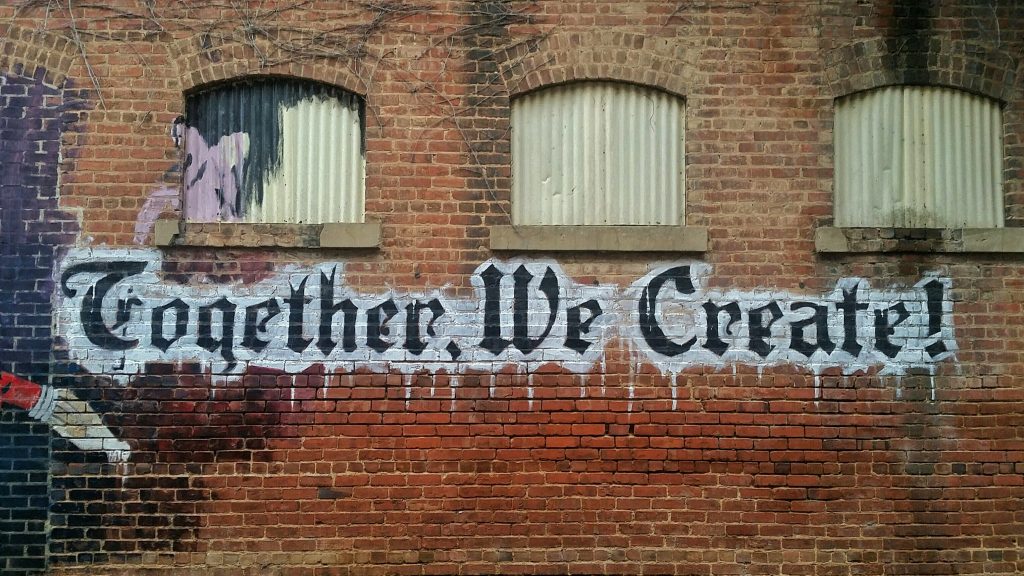 As a solopreneur, you have a huge amount of control over your business. You get to make all the decisions, whether they’re creative decisions, financial decisions, or simply what kind of stamps to get at the post office. But what do you do when you need to bounce ideas off someone? Who do you turn to when you could benefit from another’s wisdom? The solopreneur’s work life can easily become isolated. That’s why it’s important to reach out to others and find a mentor! Someone who can help you solve problems, make decisions, and refine your ideas can be immensely helpful to your business, especially if that person is experienced and knowledgeable.
As a solopreneur, you have a huge amount of control over your business. You get to make all the decisions, whether they’re creative decisions, financial decisions, or simply what kind of stamps to get at the post office. But what do you do when you need to bounce ideas off someone? Who do you turn to when you could benefit from another’s wisdom? The solopreneur’s work life can easily become isolated. That’s why it’s important to reach out to others and find a mentor! Someone who can help you solve problems, make decisions, and refine your ideas can be immensely helpful to your business, especially if that person is experienced and knowledgeable. If you’re looking for expertise or need answers to big questions, taking an online course or seeking out a coach or specialist might be your best bet.
If you’re looking for expertise or need answers to big questions, taking an online course or seeking out a coach or specialist might be your best bet. 
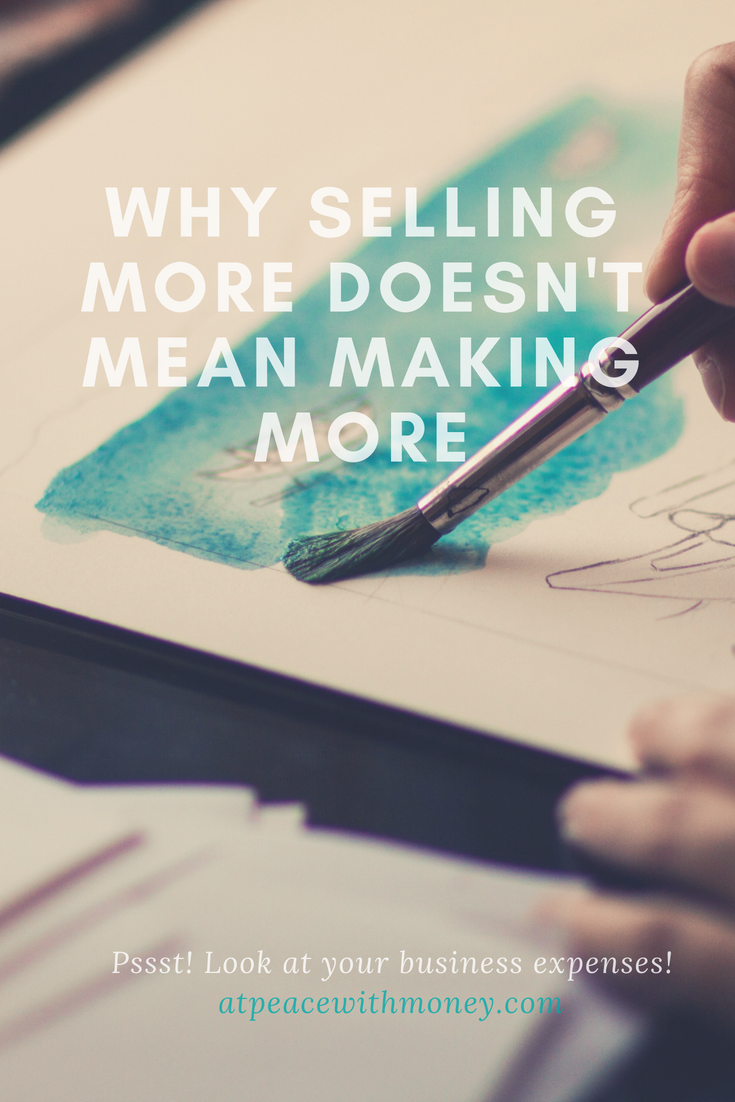

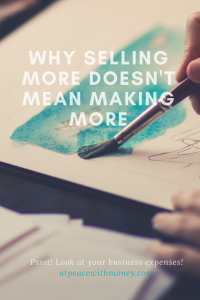
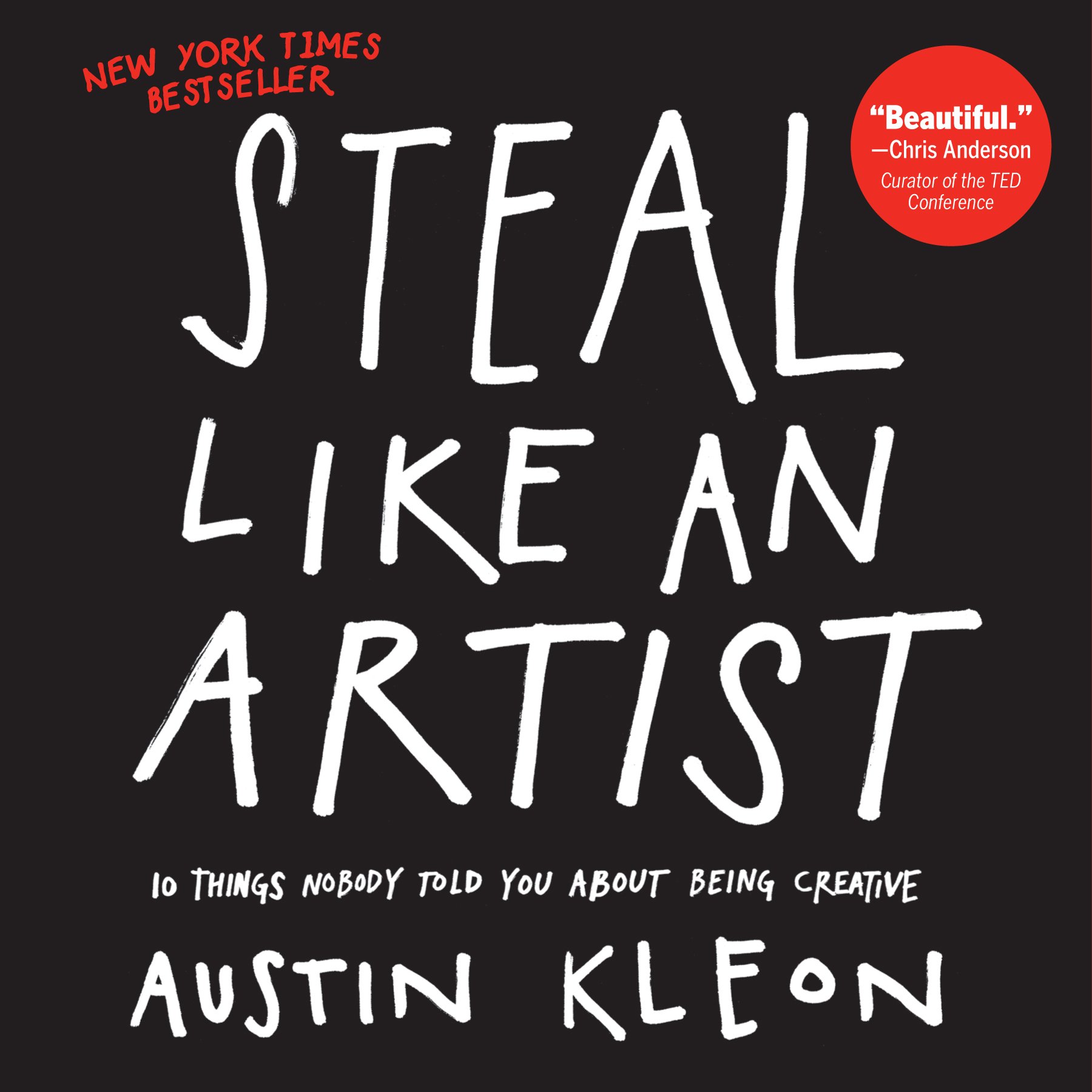

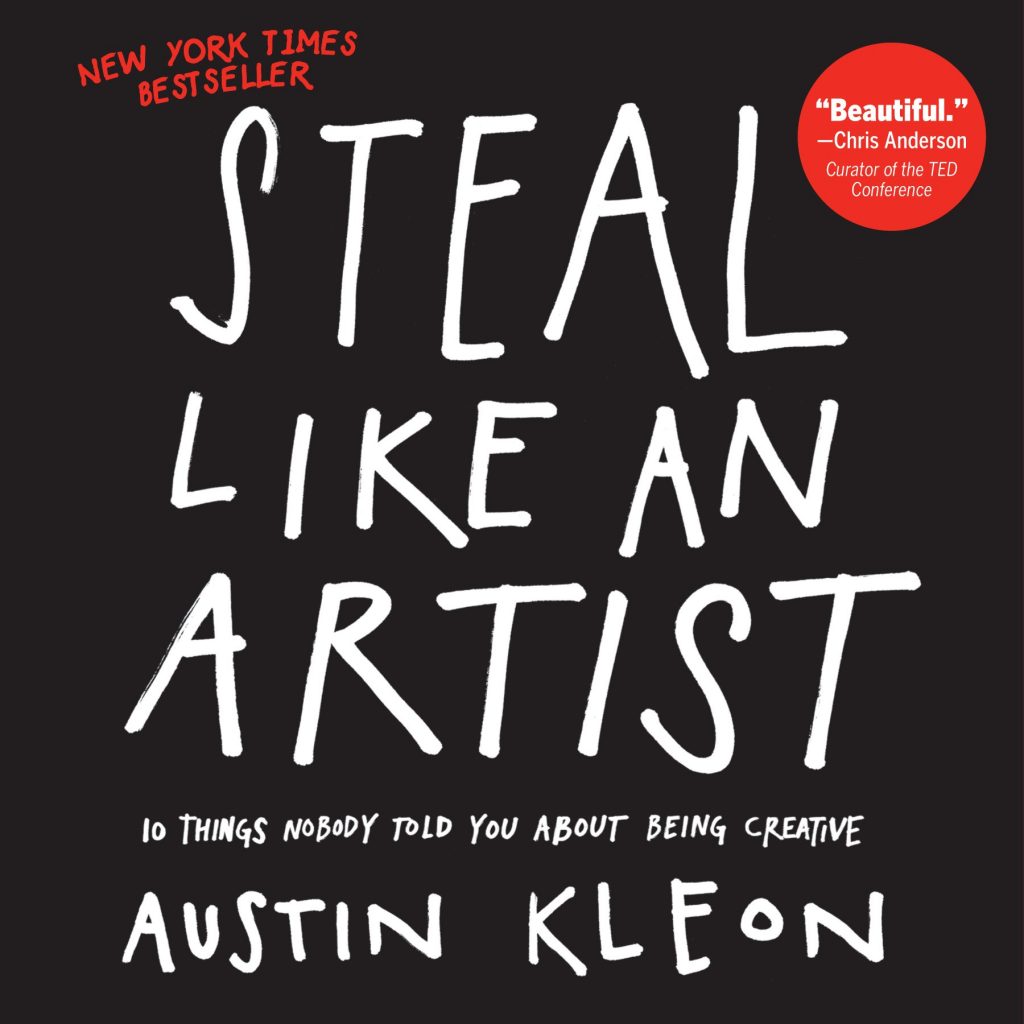 There are so many good books out there that could benefit solopreneurs and people looking to educate themselves about personal finance. I’m an avid reader myself, and lately I’ve been devouring books on the subjects of small business, finance, and retirement. I thought it may be useful to you all to hear about my reading discoveries, so I’m sharing a book review of one of my most recent reads,
There are so many good books out there that could benefit solopreneurs and people looking to educate themselves about personal finance. I’m an avid reader myself, and lately I’ve been devouring books on the subjects of small business, finance, and retirement. I thought it may be useful to you all to hear about my reading discoveries, so I’m sharing a book review of one of my most recent reads, 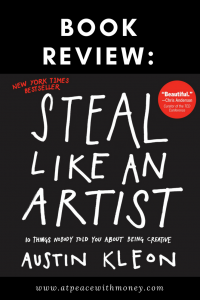 very morning. On the walk, I notice if I am not listening to podcasts or messing with my phone, I tend to come up with a lot of ideas at this time. Getting away from digital distractors is an equally important piece of the creative process.
very morning. On the walk, I notice if I am not listening to podcasts or messing with my phone, I tend to come up with a lot of ideas at this time. Getting away from digital distractors is an equally important piece of the creative process.
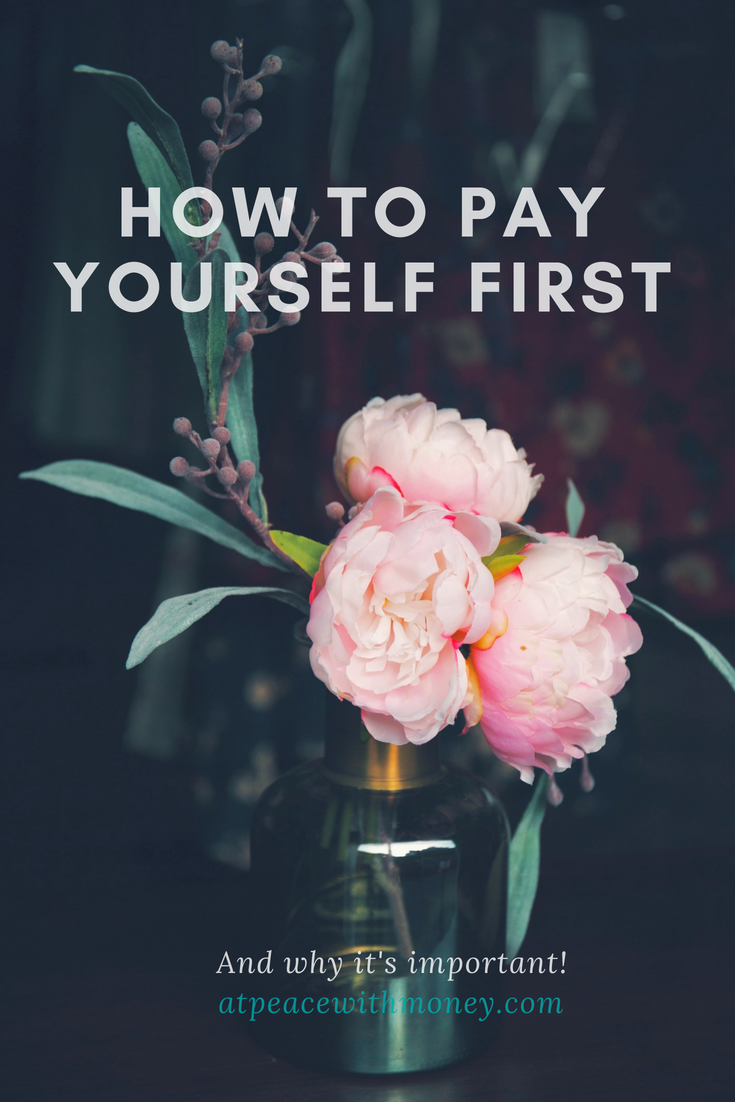
 I use the hashtag #PayYourselfFirst all the time, but what does it really mean to pay yourself first? It’s a core aspect of Profit First philosophy. It’s also an important part of how I organize my own personal finances. I want to make sure all my readers know how to pay themselves first, in their business and personal finances, so let’s dive in.
I use the hashtag #PayYourselfFirst all the time, but what does it really mean to pay yourself first? It’s a core aspect of Profit First philosophy. It’s also an important part of how I organize my own personal finances. I want to make sure all my readers know how to pay themselves first, in their business and personal finances, so let’s dive in.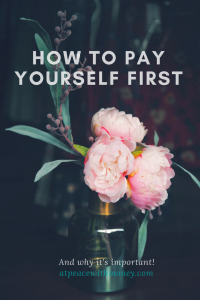

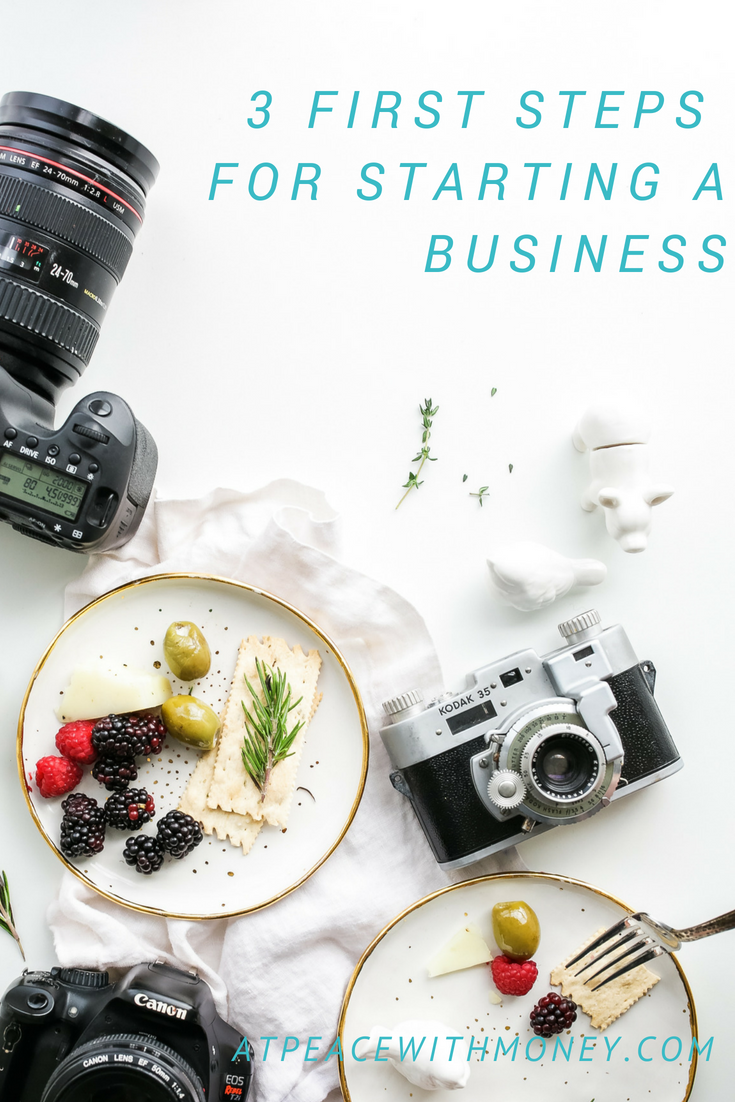

 While you’re nailing down the banking details of your new business, make sure you also create a money system for yourself. Have a plan to pay off your expenses and also pay yourself. My recommendation, of course, is Profit First, which
While you’re nailing down the banking details of your new business, make sure you also create a money system for yourself. Have a plan to pay off your expenses and also pay yourself. My recommendation, of course, is Profit First, which 

 d a few adjustments to her habit of treating her cashflow like a personal piggybank, her business would be much less stressful.
d a few adjustments to her habit of treating her cashflow like a personal piggybank, her business would be much less stressful.